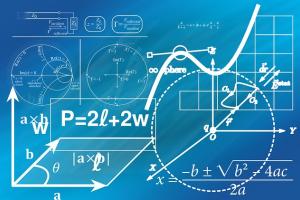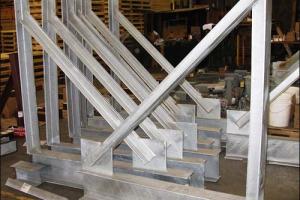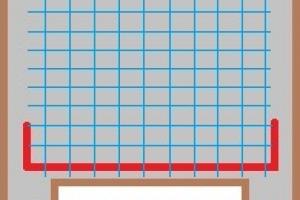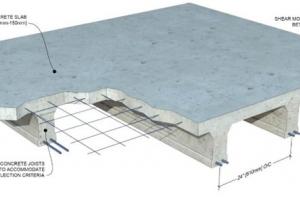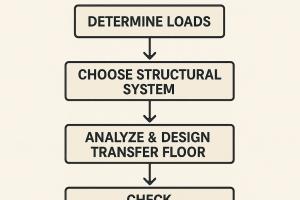Types of Loads in a Building
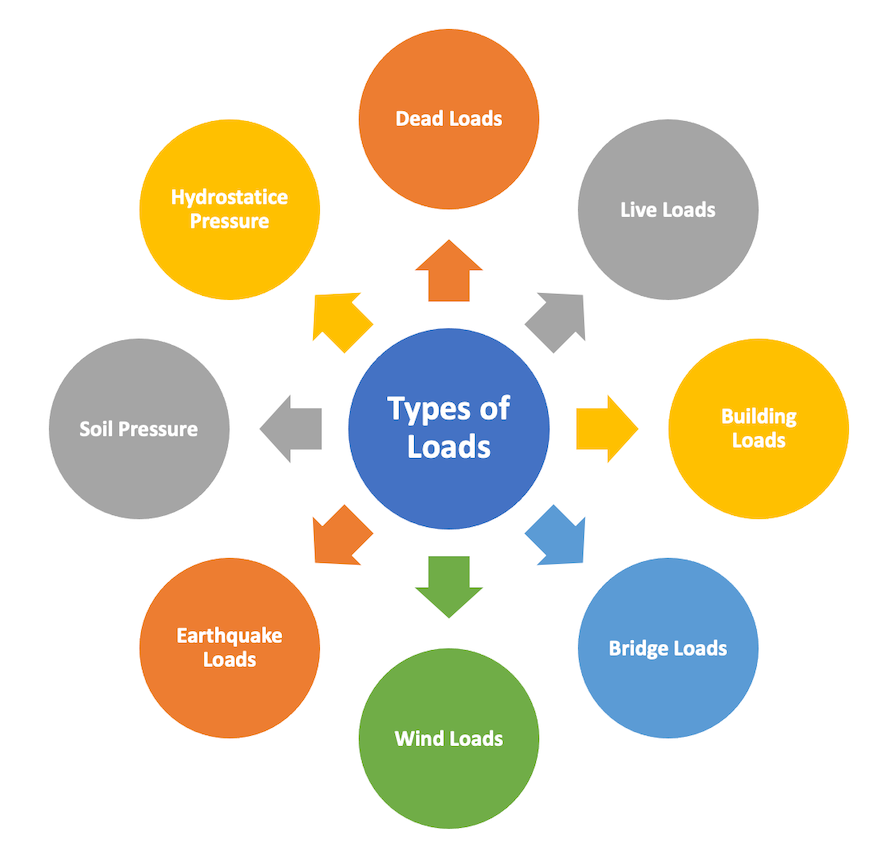
Types of Loads refer to the various forces and pressures that act on structures. These loads play a crucial role in the design and analysis of buildings, bridges, and other engineering structures. Here are brief explanations of different types of loads:
1. Dead Loads:
Dead loads, also known as permanent loads or static loads, are the self-weight of the structure and any fixed components or materials. These loads include the weight of walls, floors, roofs, beams, columns, and permanent fixtures. Dead loads remain constant over time and do not change significantly unless alterations are made to the structure.
2. Live Loads:
Live loads, also referred to as imposed loads or variable loads, are temporary loads that change in magnitude and position. They result from the occupancy, use, or movement of people, furniture, equipment, and other movable objects within a structure. Examples of live loads include the weight of occupants, furniture, stored items, and vehicular loads on bridges.
3. Building Loads:
Building loads encompass a combination of dead loads and live loads that act on a structure. They take into account the weight of the building components, occupants, and any additional loads from utilities, equipment, or specialized functions. Building loads are used to assess the overall structural integrity and ensure that the structure can support its intended use.
4. Bridge Loads:
Bridge loads specifically refer to the loads imposed on bridges, including dead loads and live loads. Dead loads consist of the weight of the bridge superstructure, such as beams, girders, and the deck itself. Live loads for bridges consider factors such as the weight of vehicles, pedestrians, and the impact caused by their movement.
5. Wind Loads:
Wind loads are forces exerted by wind acting on the surfaces of a structure. These loads can vary depending on the wind speed, direction, and the shape and orientation of the structure. Wind loads can cause lateral forces, uplift forces, and overturning moments, which must be considered in the design of buildings, towers, and other tall structures.
6. Earthquake Loads:
Earthquake loads refer to the forces and vibrations generated by seismic activity. These loads can induce significant dynamic forces that affect the structural behavior and stability of a building. Earthquake loads consider factors such as the location, magnitude, and frequency of potential earthquakes to design structures that can withstand such events.
7. Soil Pressure:
Soil pressure, also known as earth pressure, is the lateral force exerted by soil against retaining walls, foundations, and other earth-retaining structures. The pressure exerted by the soil depends on its type, density, and the slope of the ground. Proper consideration of soil pressure is crucial to ensure the stability and structural integrity of earth-supported structures.
8. Hydrostatic Pressure:
Hydrostatic pressure is the force exerted by fluids, such as water, against submerged or partially submerged structures. This pressure increases with the depth of the fluid and must be accounted for in the design of structures that come into contact with water, such as dams, retaining walls, and underwater structures.
Understanding and properly accounting for these types of loads is essential in structural engineering to ensure the safety, stability, and functionality of a structure. Structural engineers analyze and design structures by considering the combined effects of these loads to ensure that the structure can withstand and distribute the forces and pressures effectively.



